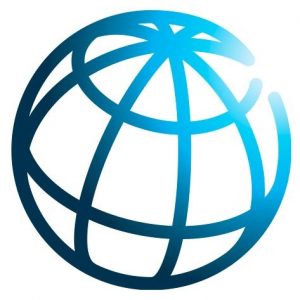With New Forest Strategy, World Bank Aims For Action Over Experimentation
The World Bank’s new five-year forest plan is a clear continuation of its evolving strategy to save forests by both commercializing activities that depend on them and supporting activities that take pressure off of them, but it makes that double-pronged approach explicit and promises to deliver by shifting its focus away from isolated projects and towards programs more carefully incorporated into national strategies.

15 April 2016 | The World Bank has been supporting forest protection in Mexico since the late 1990s, when it helped get the National Commission on Forests (CONAFOR) off the ground. In the 2000s, it started piloting initiatives like the Program on Payment for Environmental Services and the Program on Community Forests. Today, according to its new “Forest Action Plan FY16–20, these and other efforts have converged and evolved, through trial and error, into a cohesive sustainable forest management system covering 3,000 communities spread over an area roughly the size of Ecuador.
“The forest program in Mexico is today the largest WB program on forests [and] an example of a mature country program supporting sustainably managed forest landscapes,” says the plan, which lays out its strategy for the next five years. “The objective of the program is to help rural communities to sustainably manage their forests, build social organization, and generate additional income from forest products and services, including from REDD+ (Reducing Emissions from Deforestation and Degradation of forests, plus other land management activities).”
The plan explicitly holds out the Mexican program as an example of what the Bank aims to achieve over the next five years: specifically a “move away from the project-by-project and instrument-driven approach that has shaped the forest portfolio over the past few years to a more programmatic approach” that builds on and strengthens national strategies, hopefully linking forest policy to agriculture and sustainable development.
For countries that haven’t set those priorities, the Bank says it will still help set up smaller projects – for now.
“In such cases the WBG will continue to support the forest agenda through projects as requested but will aim to provide the country a strategic vision of how a project-level engagement could leverage interventions at scale in the future,” the plan states.
The Two-Pronged Approach
The plan builds on the Bank’s 2002 Forest Strategy (Sustaining Forests), which links forestry with sustainable development, and it explicitly divides the bank’s strategy into two approaches that had already taken shape organically.
The first approach involves support for sustainable forestry activities that profit from healthy forests – such as ecotourism and the harvesting of non-timber forest products, like acai berries and Brazil nuts. The second involves “forest-smart interventions in other sectors” – such as certification programs and the intensification of cattle-farming so that ranchers can get more product from the same amount of land.
The dual approach has been taking shape over the past five years, and it’s evident in the Initiative for Sustainable Forest Landscapes (ISFL), which was launched at the Warsaw climate talks in 2013 and uses results-based carbon finance to promote sustainable agriculture.
The 84-page plan offers an exhaustive list of strategies that are beyond the scope of this story, and it also calls for tighter coordination within the Bank – specifically of the BioCarbon Fund (BioCF) and the Forest Carbon Partnership Facility’s Carbon Fund (which oversees the ISFL).
Please see our Reprint Guidelines for details on republishing our articles.

